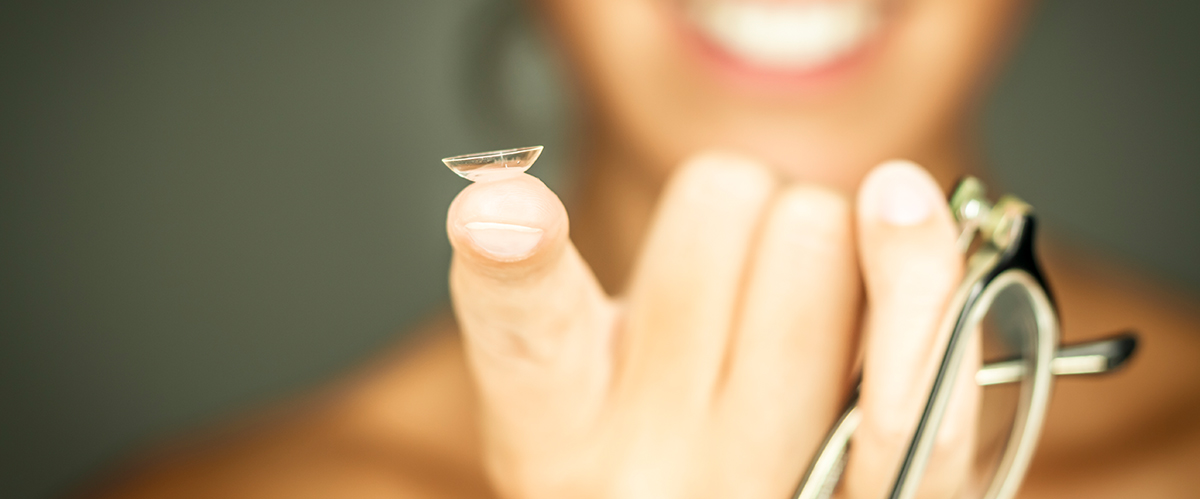Advice
9 September 2019
Advice
9 September 2019

You have a vision problem and you’re fed up with wearing glasses? You’ve tried various frames and lens shapes, but you’d like to try something completely different? Contact lenses may be the solution for you. To help you see clearly through the various options, here is a list of the products offered.
Soft contact lenses
Disposable
Conventional
Facing extinction.
Semi-rigid contact lenses
These lenses are made of a relatively rigid material. They are small in size and are placed on the cornea.
Semi-rigid scleral lenses
These large lenses rest on the conjunctiva, without contact with the cornea.
Hybrid lenses
The center of this lens is semi-rigid, while the edge is flexible.
Regardless of the vision problem that you have, there is a corneal or scleral lens to correct it.
Myopia and hyperopia are easily correctable with soft contact lenses. Daily disposable contact lenses are recommended, as they reduce the risks to the health of the eye. Indeed, since they use no solutions containing preservatives, disposable lenses are more gentle on the eye.
Slight astigmatism can be corrected with soft contact lenses. However, if the astigmatism is more severe, you will have better results with semi-rigid lenses or scleral lenses.
Presbyopia, alone or in association with myopia or hyperopia, can be corrected with soft contact lenses. However, if presbyopia is associated with astigmatism, scleral lenses are highly recommended.
Dry eye or diseases of the cornea such as keratoconus may also be corrected with scleral lenses.
Keratoconus can be corrected with hybrid lenses. These can also be used by cornea transplant patients.
All contact lens wearers must still wear glasses on occasion, because they need to give their eyes rest periods. The purpose of these forced breaks is to allow the eye to oxygenate properly. For presbyopic patients, glasses are often preferred to contact lenses, because vision is clearer with glasses. Those who suffer from dry eye generally feel uncomfortable with soft contact lenses. They will often alternate between their glasses and their contact lenses.
In short, remember that all vision problems can be corrected with contact lenses, but that you still have to wear glasses on occasion to let your eyes “breathe”. Talk to your optometrist, who will be able to advise you on the best solution to ensure long-term eye health.